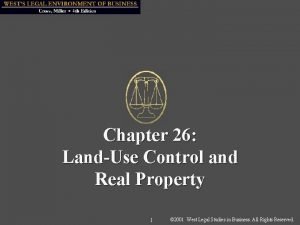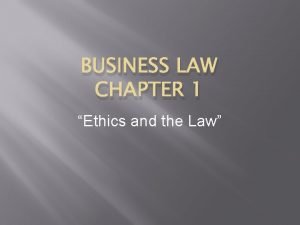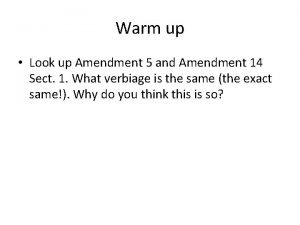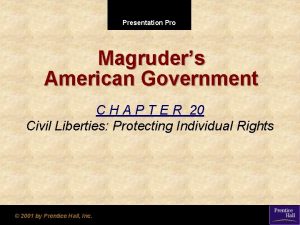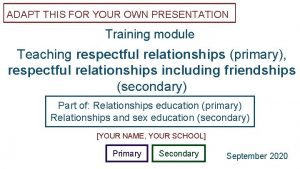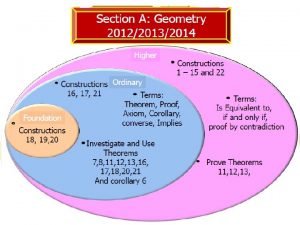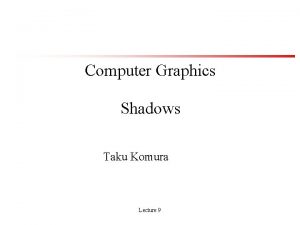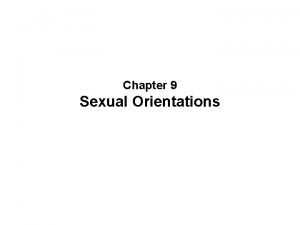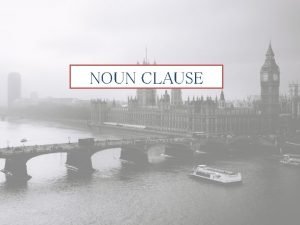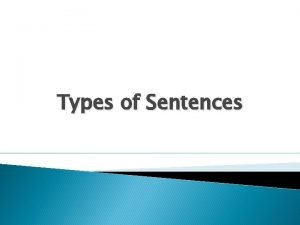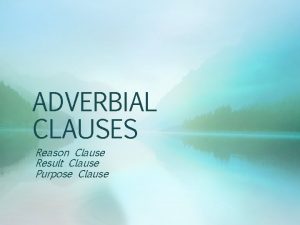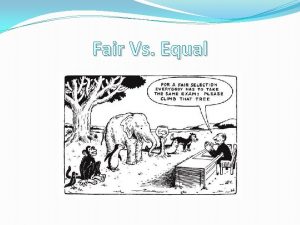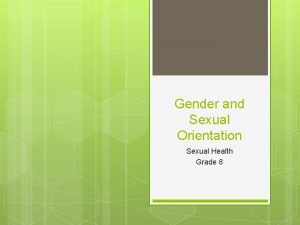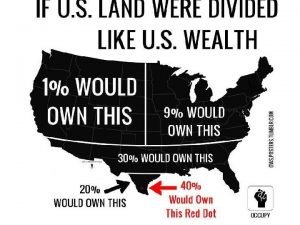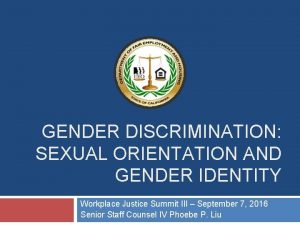Equal Protection Clause II Gender Alienage Sexual Orientation














- Slides: 14

Equal Protection Clause (II): Gender, Alienage, Sexual Orientation, and Other Types of Discriminations Class #7

• I. Gender Classifications: Michael M. v. Superior Court of Sonoma County (1981) & United States v. Virginia (1996) • II. Alienage Classifications: Plyler v. Doe (1982) • III. Sexual Orientation Classifications: Romer v. Evans (1996) • IV. Review of Classes #6 & #7

I. Gender Classifications • Level of scrutiny? – Minor v. Happersett (1984): the Supreme Court upheld the constitutionality of excluding women from voting -> Nineteenth Amendment – Mutter v. Oregon; West Coast Hotel and the end of the Lochner era – Hoyt v. Florida (1961): the Supreme Court upheld a law automatically exempting women from jury service – The emergence of intermediate scrutiny: • Reed v. Reed (1971): first invalidation of a gender classification – but the Court applied rational basis review • Craig v. Boren (1976): intermediate scrutiny

• Michael M. v. Superior Court: – The Supreme Court upheld California’s statutory rape law that defined statutory rape exclusively as an act of sexual intercourse accomplished by a male with a female under the age of 18 years. – Application of the rational basis test • United States v. Virginia: – Virginia’s exclusion of women from the educational opportunities provided by VMI denies to women the equal protection of the EPC. – Intermediate scrutiny « with teeth » : the State must demonstrate an « exceedingly persuasive justification » for the action – Three additions to the IS test: • True purpose of the State • Sex classifications cannot be used to « create or perpetuate the legal, social, and economic inferiority of women » • Sex classifications cannot rely on « overbroad generalizations » about women

• What should be the level of scrutiny? – In favor of strict scrutiny? • • • Long history of discrimination Overbroad stereotypes Language of the EPC Immutable characteristic Women are underrepresented in the political process – In favor of intermediate scrutiny? • • Intent of the Framers Biological differences Not isolated from men (Carolene Products) Strict scrutiny would make it harder to implement affirmative action

• Proving gender discrimination: – Either facial discrimination; either discriminatory impact + purpose (Personnel Administrator of Massachusetts v. Feeney, 1979) – Geduldig v. Aiello (1974): no gender discrimination when there is a lack of identity between the excluded disability and the gender • Case overruled by the Pregnancy Discrimination Act • Reasoning of Geduldig still applied in other contexts: Bray v. Alexandria Women’s Health Clinic (1985)

II. Alienage Classifications • Protection of « persons » under the DPC • Which level of scrutiny? – Strict scrutiny since 1971 – Graham v. Richardson – What level is appropriate? • Exception: alienage classifications related to selfgovernment and the democratic process – Foley v. Connelie (1978): in this area, the State need only justify its classification by a showing of some rational relationship between the interest sought to be protected and the limiting classification – Is the exception justified? • Whether aliens should be able to vote • The Supreme Court openly manipulated the level of scrutiny

Plyler v. Doe (1982) • The Supreme Court declared unconstitutional a Texas law that provided a free public education for children of citizens and of documented aliens, but required that undocumented aliens pay for their shooting. • Which level of scrutiny? – Higher than rational basis – Need for the legislation to meet some « substantial goal » of the State • Plyler v. Doe is still good law today.

III. Sexual Orientation • Which level of scrutiny? • Romer v. Evans (1996) – Application of a rational basis test « with teeth » : • The classification must bear a rational relationship to an independent and legitimate legislative end. – Statutes that identify persons by a single trait and then denies them protection across the board are unconstitutional. • The law cannot be motivated by an « animosity » toward the class of persons affected.

• United States v. Windsor (2013): DOMA is unconstitutional – Law born from the impermissible desire to disadvantage gays and lesbians (consistent with Romer v. Evans) – DOMA failed to serve a legitimate government purpose • Obergefell v. Hodges (2015): State laws prohibiting same-sex marriage are unconstitutional – Different rationale! Relies on the fundamental right to marry


• Suspect classifications => Strict scrutiny – Race – National origin – Alienage (with the exception for government function) • Non-suspect classifications => Intermediate scrutiny – Legitimacy – Gender – intermediate scrutiny « with teeth » • Non-suspect classifications => Rational basis – – Sexual orientation – rational basis « with teeth » Mental disability (retardation) Age Poverty

Addendum on Race and National Origin • How is discriminatory purpose proved? – Arlington Heights case (1977): « discriminatory purpose test » : • The impact of the law – The impact of the law is so clearly discriminatory as to allow no other explanation that it was adopted for impermissible purposes • The history surrounding the government’s action – Particularly if it reveals a series of official actions taken for individious purposes • The specific sequence of events leading up to the decision challenged in the case – Whether the decision would have made a different choice had the applicant been white • The legislative or administrative history of the law – Where there are contemporary statements made by the government body who undertook the official action, minutes of its meetings, or reports – Applied equally to race, national origin, and gender classifications

IV. Review • Questions? • Equal Protection Flowchart
 Sexual orientation ap psychology definition
Sexual orientation ap psychology definition Sexual orientation gender identity
Sexual orientation gender identity Equal protection clause of the 14th amendment
Equal protection clause of the 14th amendment Chapter 1 ethics and law
Chapter 1 ethics and law Procedural vs substantive due process
Procedural vs substantive due process Equal protection clause
Equal protection clause Strategic gender needs and practical gender needs
Strategic gender needs and practical gender needs Sexual orientation stereotypes
Sexual orientation stereotypes Equal sharing and equal grouping is called
Equal sharing and equal grouping is called Opposite angle
Opposite angle Equal height equal light
Equal height equal light Meridionalnet
Meridionalnet Taku komura
Taku komura Equal protection for english language learners
Equal protection for english language learners Geocentric approach
Geocentric approach


